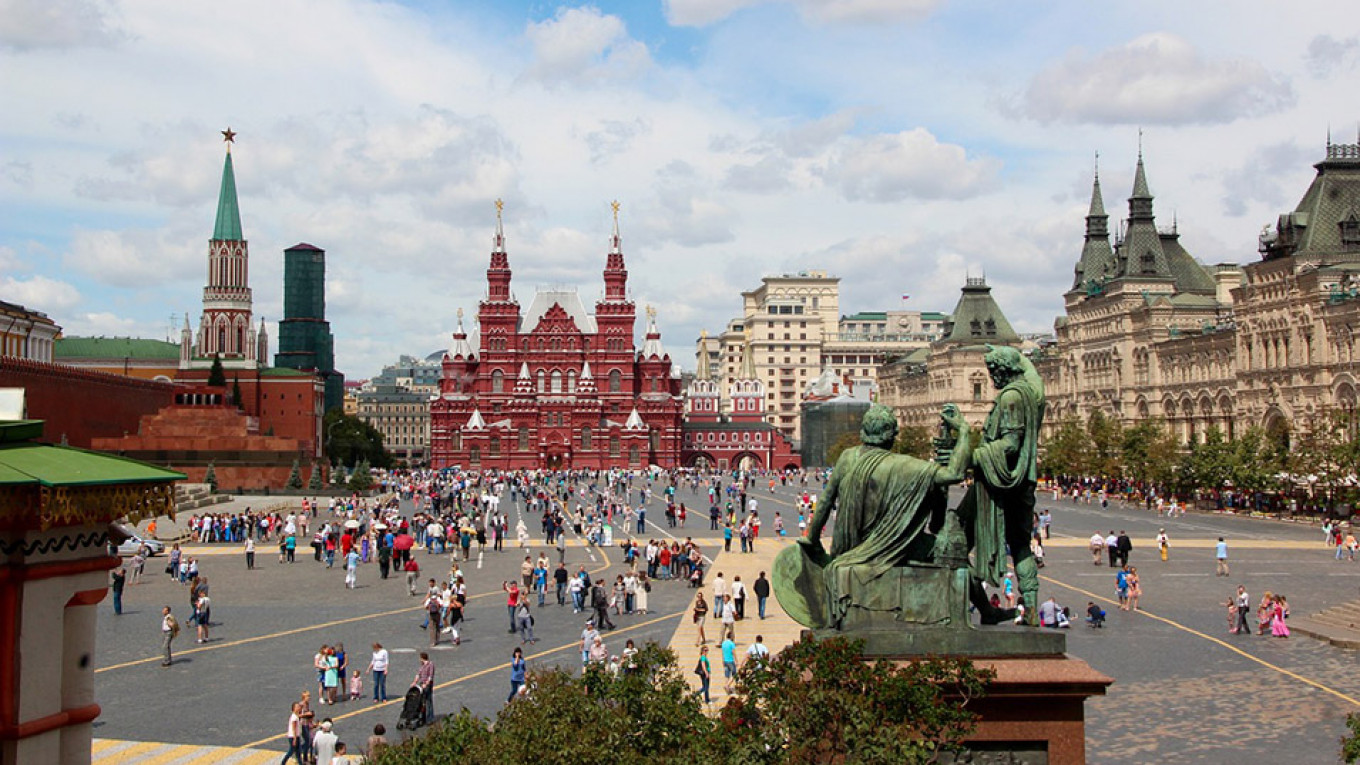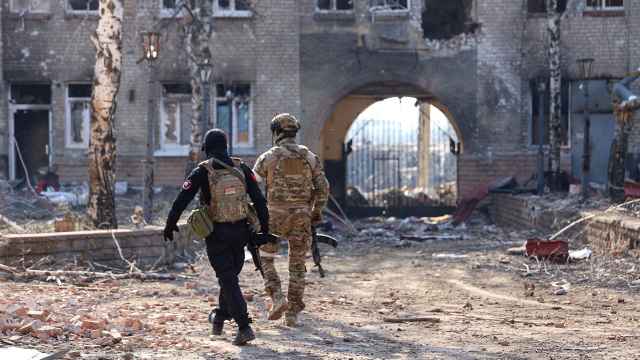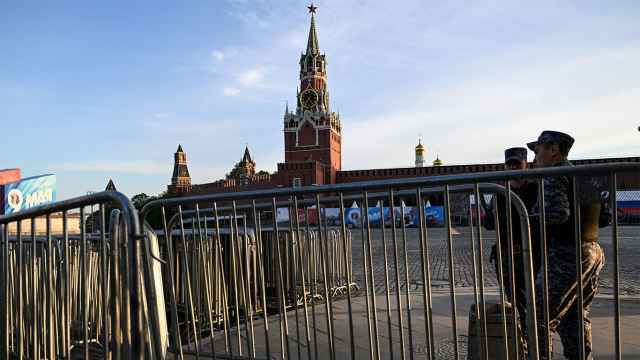If your eastward-bound Sheremetyevo flight takes off at night and the pilot contours along the northern stretch of the capital’s Ring Road, allow your eye to follow the maze of streets leading to Moscow’s epicenter. On a clear sky, at the end, amid the bright lights, you’ll probably manage to spot a relatively well-defined triangle — the Kremlin and Red Square. It’s not just a historical site, but a deep symbol with layers of accumulated meaning.
From high altitude, surrounded by modern-day city infrastructure, the whole Kremlin complex and Red Square look surreal and even eerie. How did this ancient fortress manage to stand firm through so many centuries?
During its history, the Kremlin has fallen foul to foreign invaders and architectural renovations. This led to some major losses of cultural and historical artifacts inside the walls up until the second half of the 20th century.
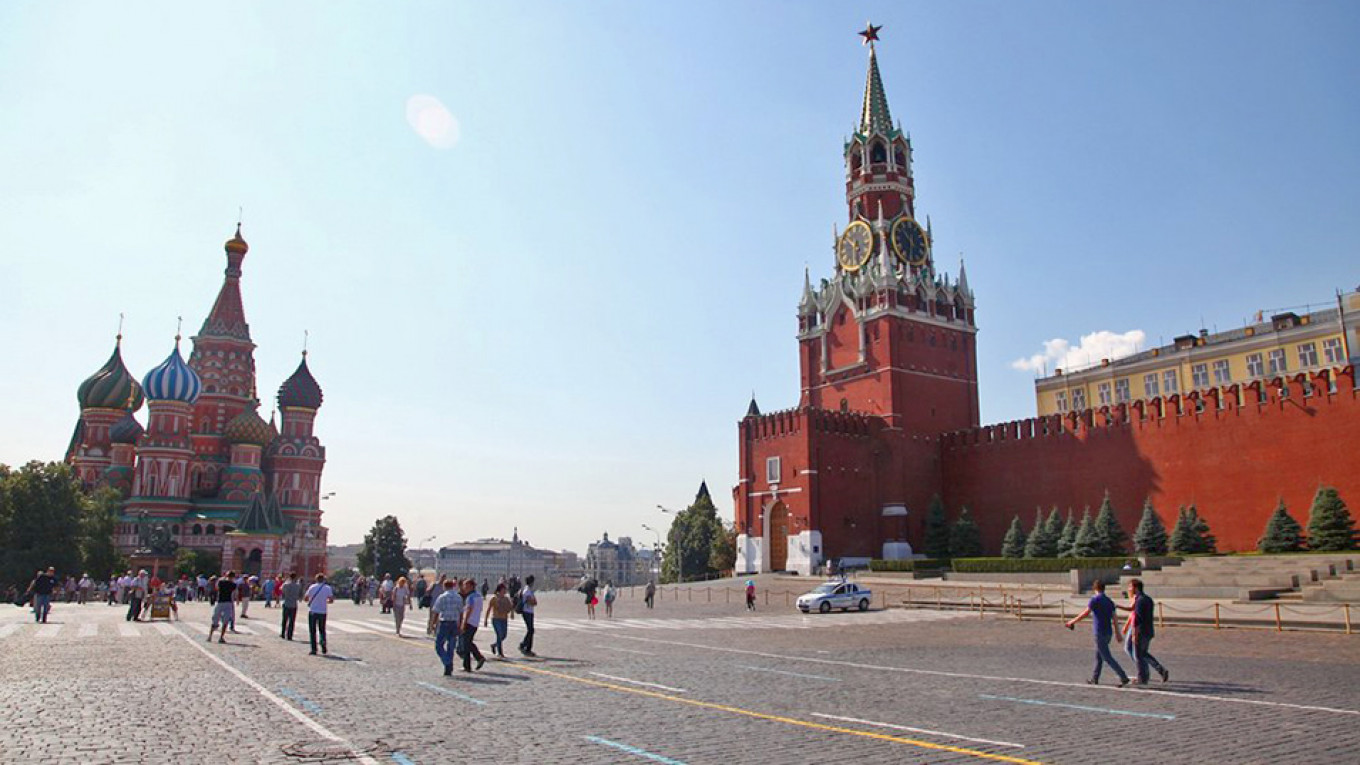
In fact, at one point in the 1930s, the whole area around Red Square almost underwent drastic change. Several cyclopean ministries were planned for construction opposite the famous red brick walls. The most talented architects of the time supported these changes.
Even the world-famous St. Basil’s Cathedral could have fallen victim to Soviet plans to remodel Moscow into a truly “socialist” city. Fortunately these plans were put aside, and then put to rest after World War II.
Several years ago, I worked in an office building located behind the Balchug Hotel and would sometimes walk home instead of driving. Red Square lay on my way and, as I recall, it always required a great deal of emotional energy.
On one route I would pass over the river on the Moskvoretsky bridge, enter the square from the embankment and cross diagonally to the Manezh Square area behind the State Historical Museum.
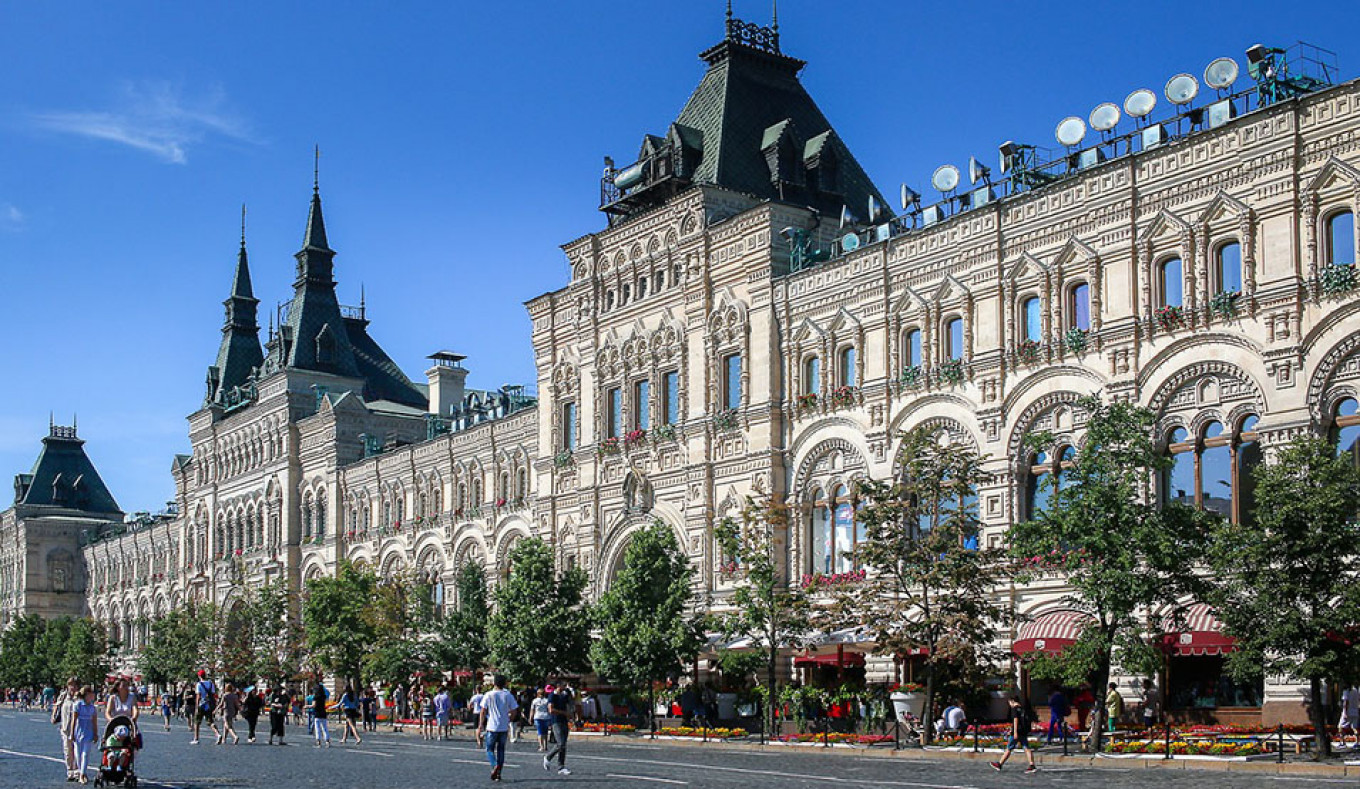
Somehow — either because of Red Square’s overwhelming openness and solemn hilltop atmosphere, or the strong emotional reaction it had elicited from me since childhood – I found it less imposing to cross the square inside the adjacent GUM department store.
As a result, I’m curious how people are able to come and work in Red Square on an everyday basis. From time to time, I have made a point of discussing this with Mikhail Kusnirovich, the owner of the GUM department store, who observes daily the square’s remarkable open space from his office’s second-story windows in the middle of GUM.
Throughout the years, he has worked to change the atmosphere of the square and the adjoining GUM, recreating a 1960s feeling.
GUM has managed to become a popular and inviting place in spite of the high prices. But transforming the “sacred” Red Square into a more sympathetic and friendly place required far more effort and sensibility given its deep historical meaning.
First, there was the café opposite Lenin’s mausoleum; then came the skating rink, which functions during the colder months of the year. Newcomers and visitors see Red Square as immutable. But I recall all the changes that have contributed to its evolution over the last 20 years or so.
No matter how often you come here, you still can’t believe that it’s real.
It brings to mind an ornately decorated scene from an opera staged at the Bolshoi Theater. Like Big Ben, the Coliseum or the Arc de Triomphe, Red Square is a place where the ordinary meets the extraordinary.
And don't get overwhelmed by the photos and drawings of the square on numerous book covers across the world, a proven selling point for spy novels and political non-fiction alike. Red Square stands on its own. So approach it carefully.
A Message from The Moscow Times:
Dear readers,
We are facing unprecedented challenges. Russia's Prosecutor General's Office has designated The Moscow Times as an "undesirable" organization, criminalizing our work and putting our staff at risk of prosecution. This follows our earlier unjust labeling as a "foreign agent."
These actions are direct attempts to silence independent journalism in Russia. The authorities claim our work "discredits the decisions of the Russian leadership." We see things differently: we strive to provide accurate, unbiased reporting on Russia.
We, the journalists of The Moscow Times, refuse to be silenced. But to continue our work, we need your help.
Your support, no matter how small, makes a world of difference. If you can, please support us monthly starting from just $2. It's quick to set up, and every contribution makes a significant impact.
By supporting The Moscow Times, you're defending open, independent journalism in the face of repression. Thank you for standing with us.
Remind me later.



